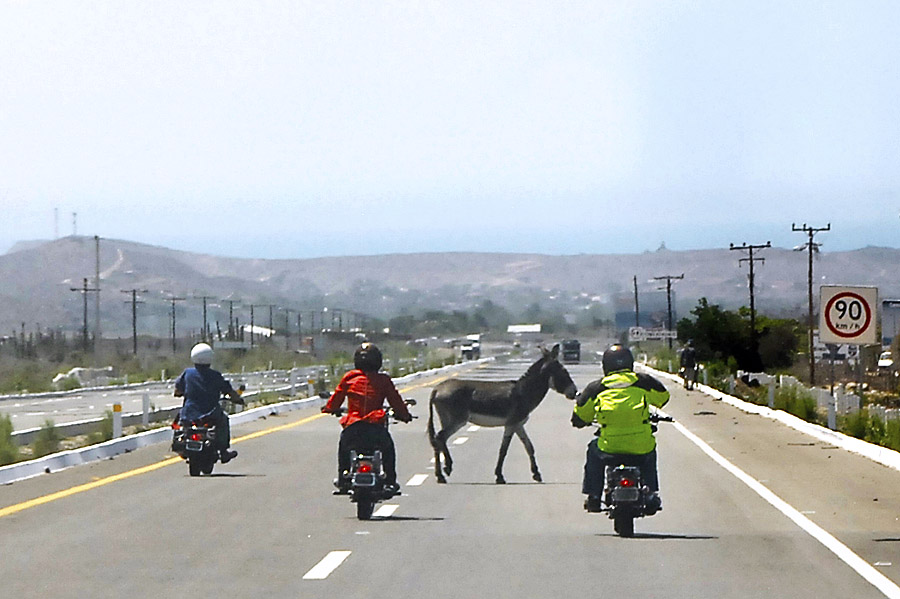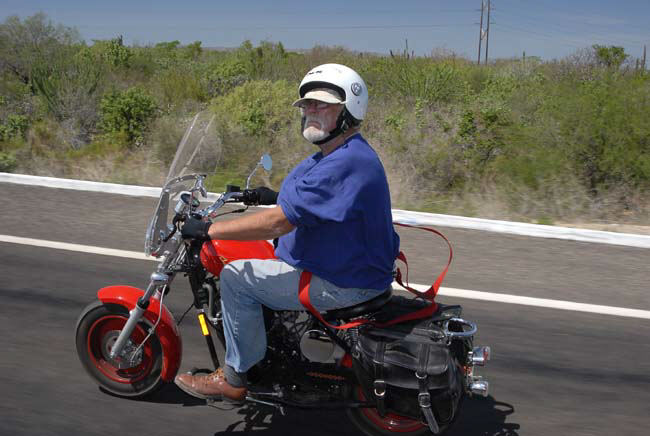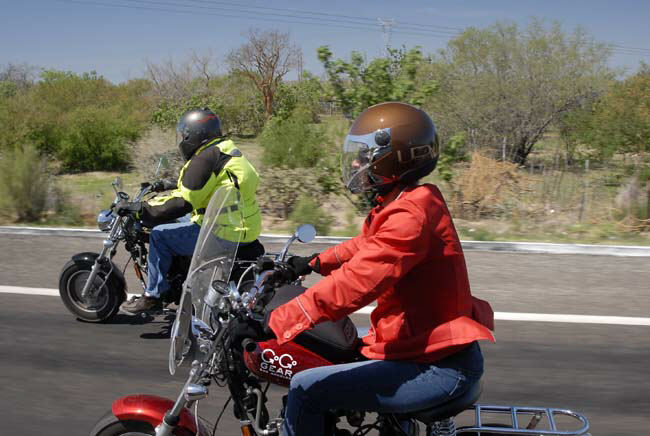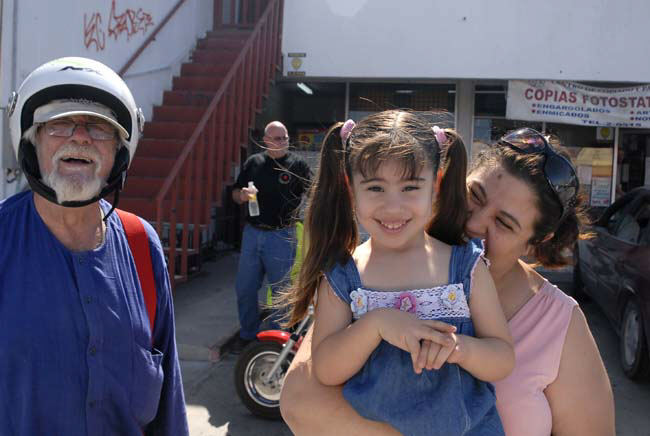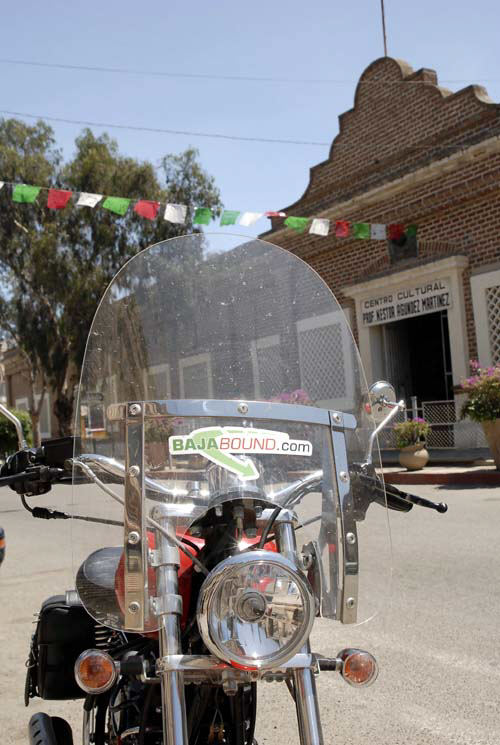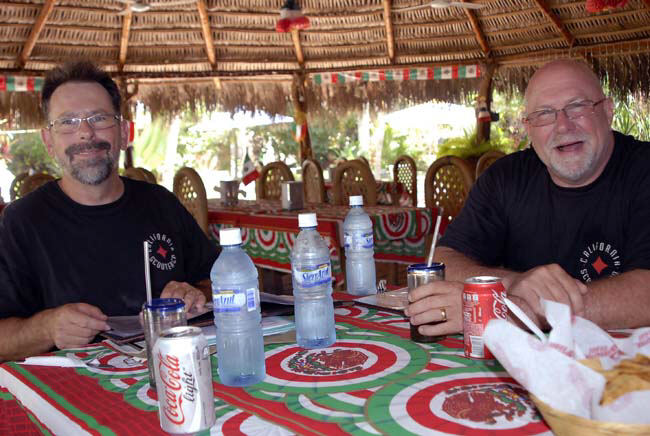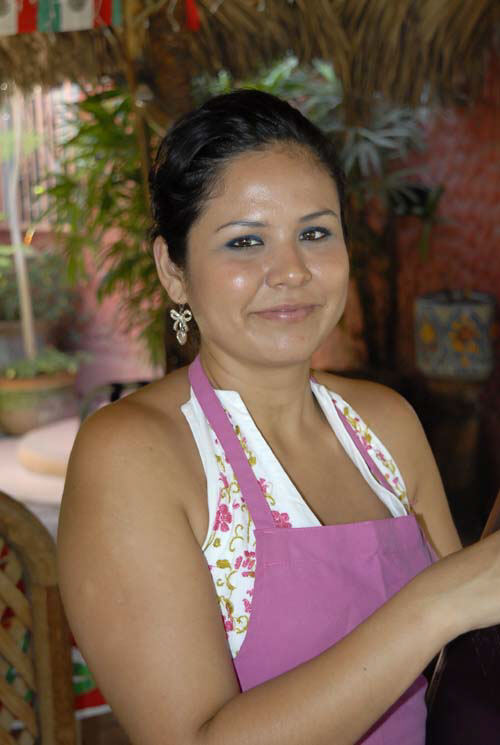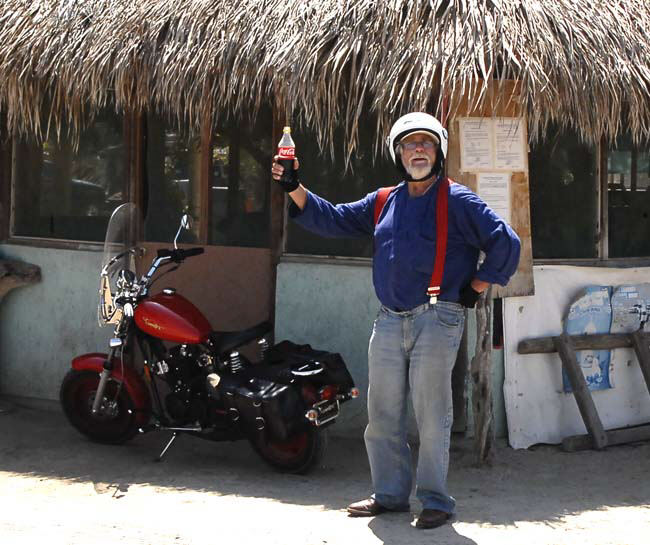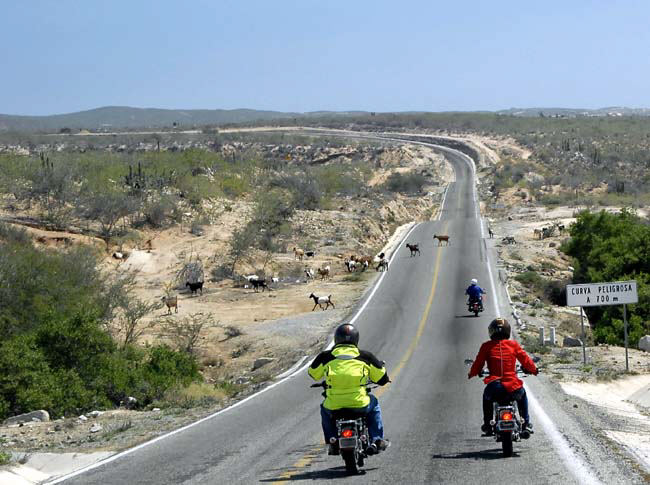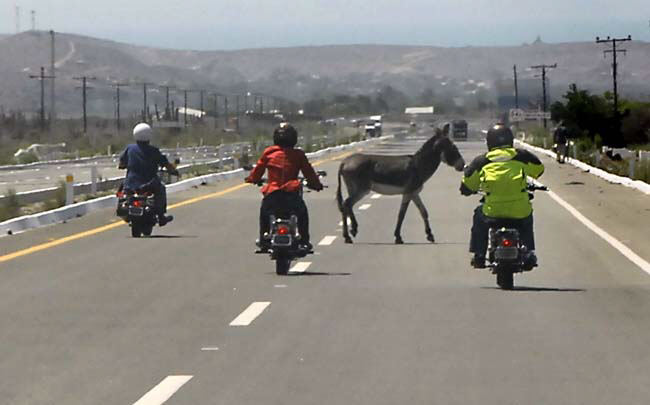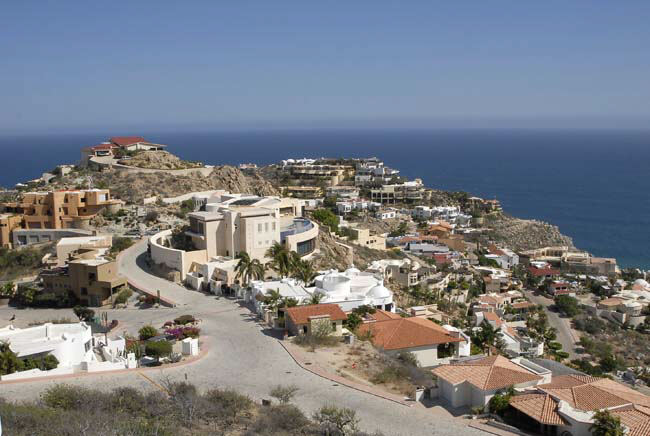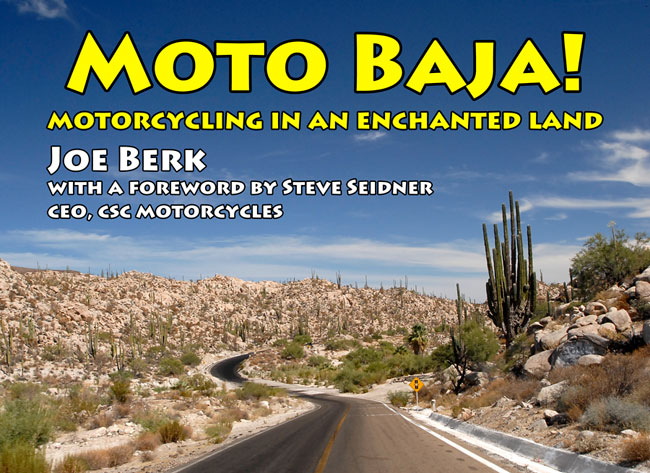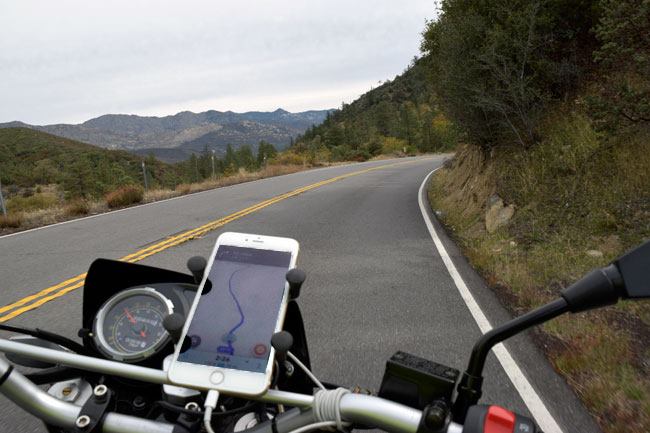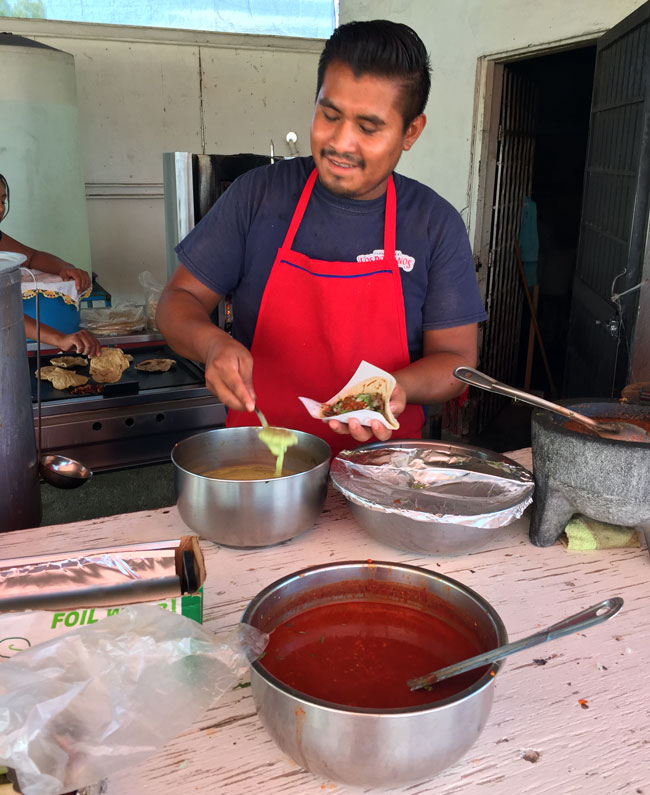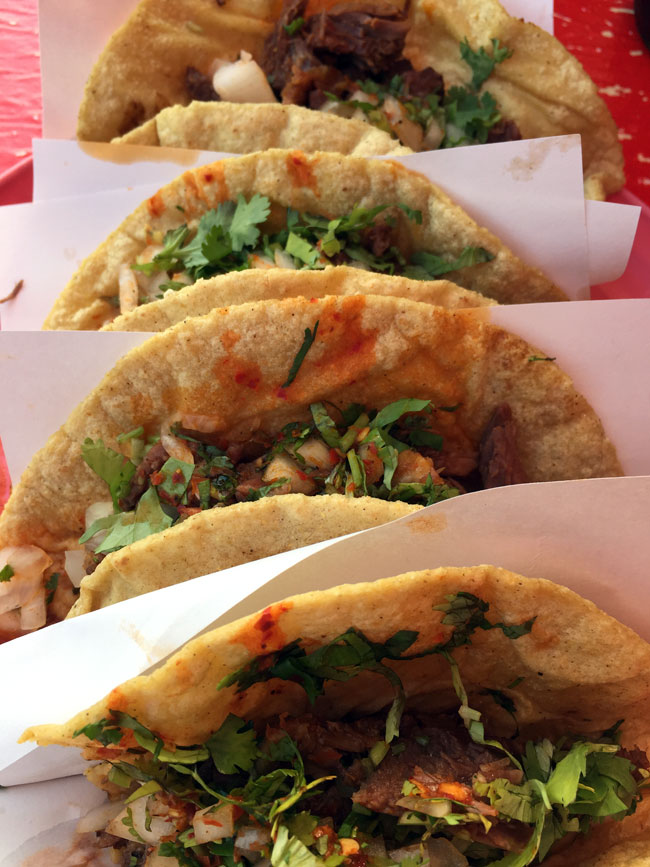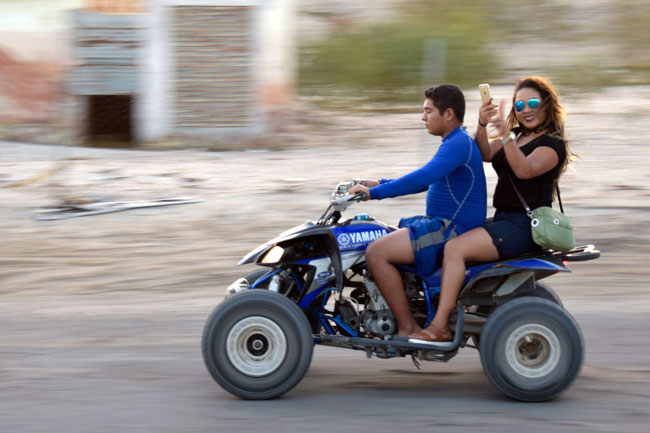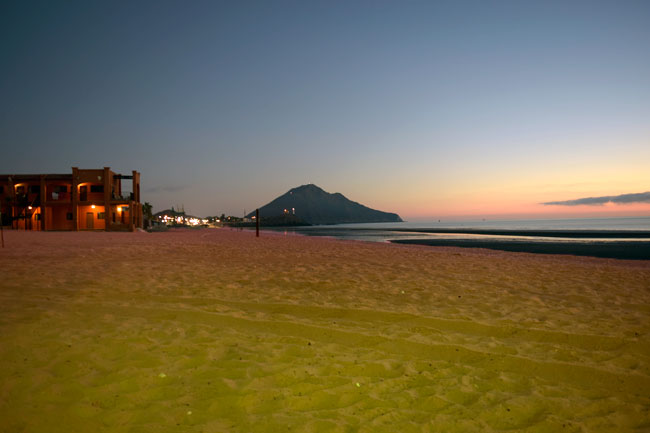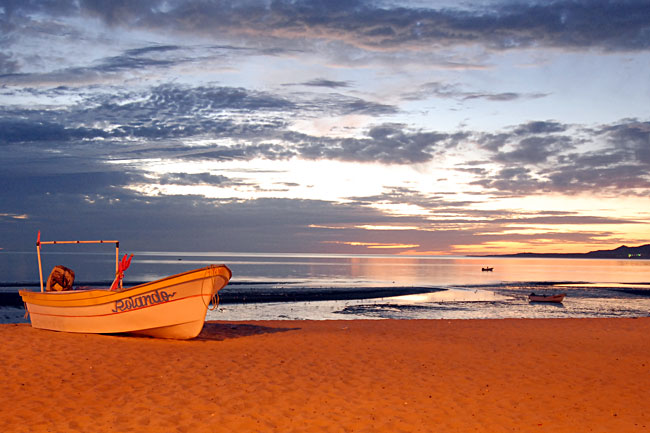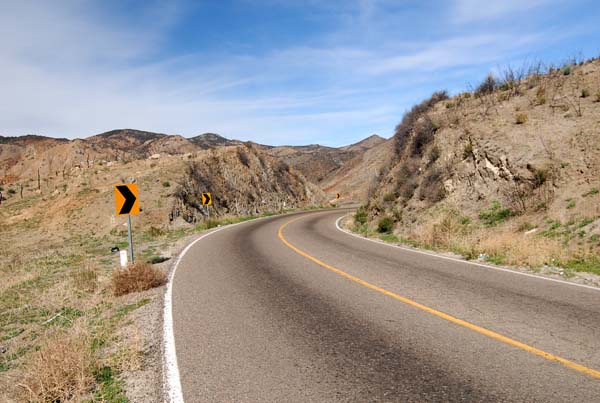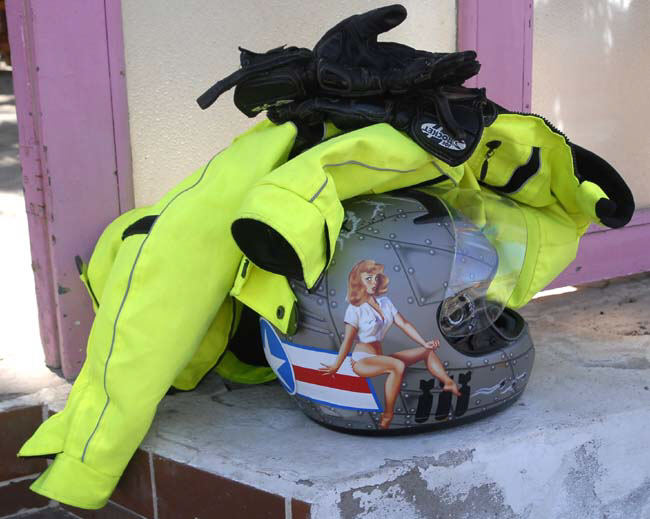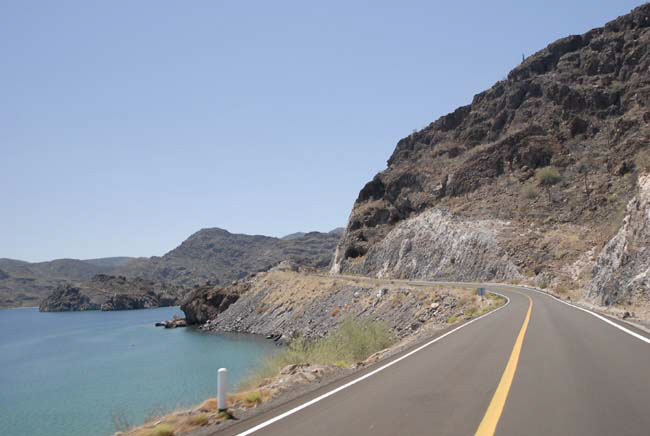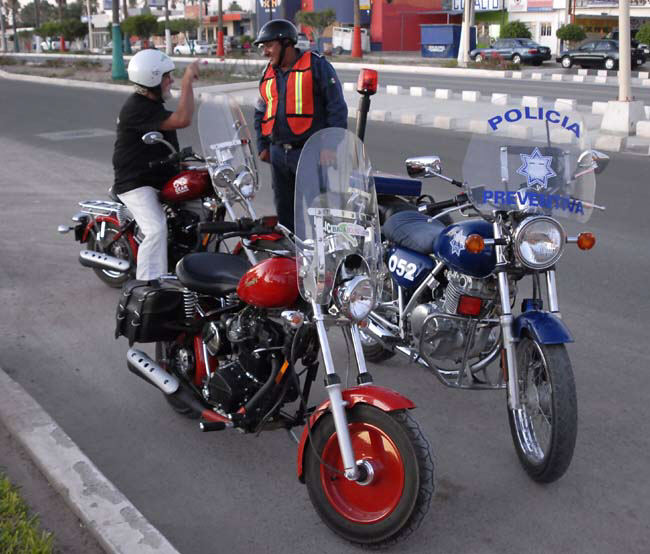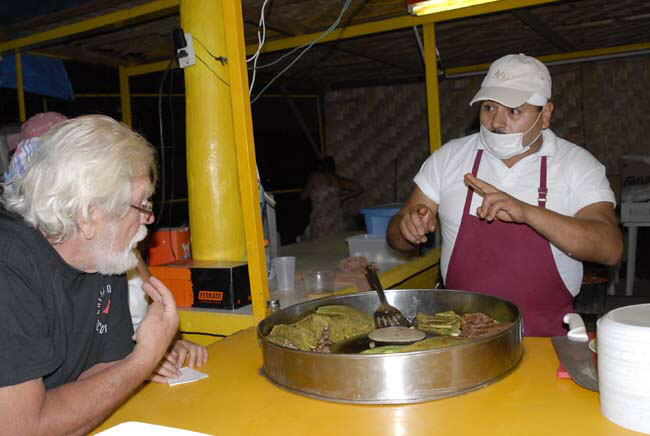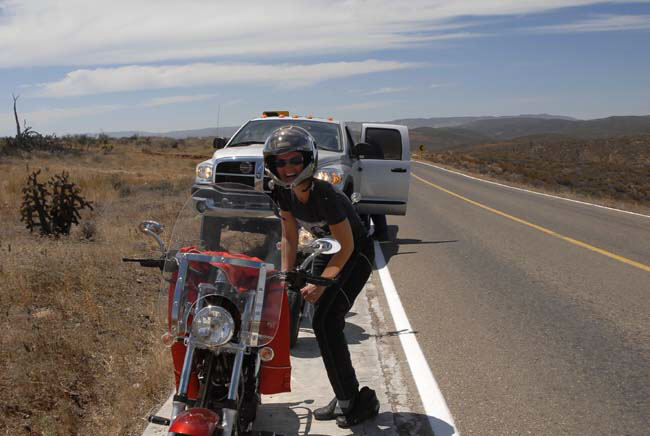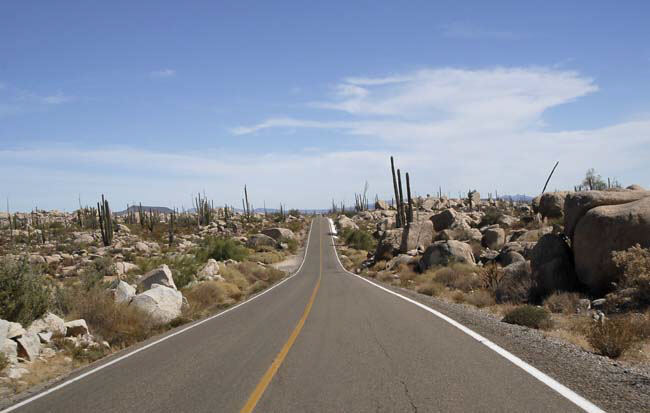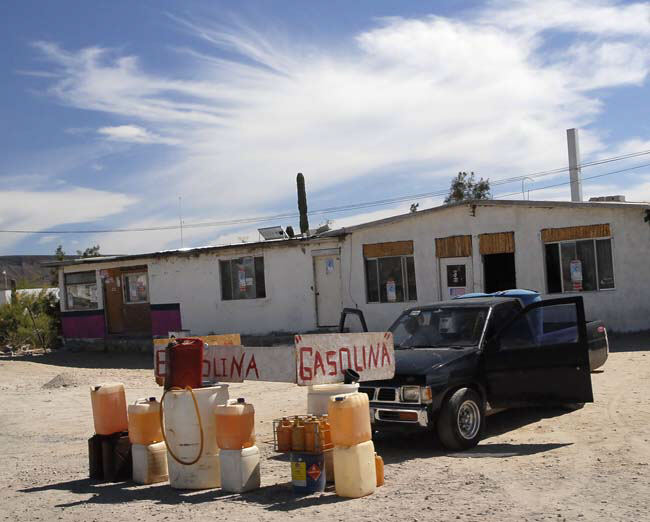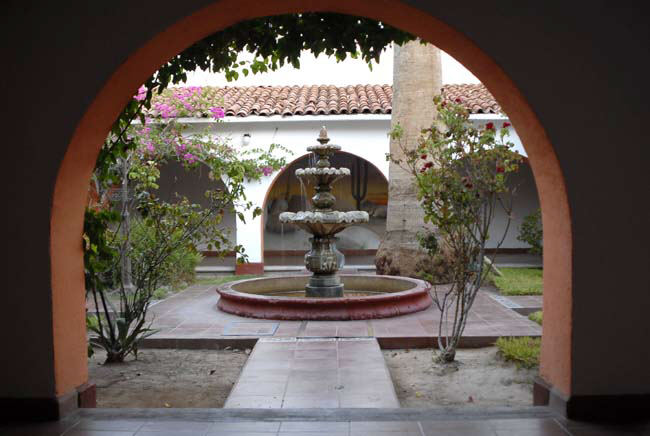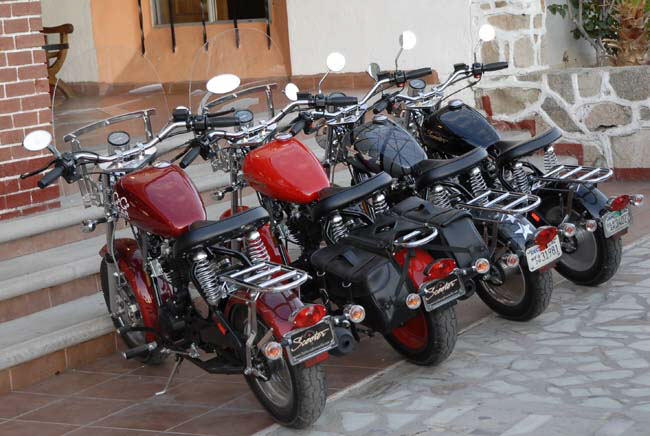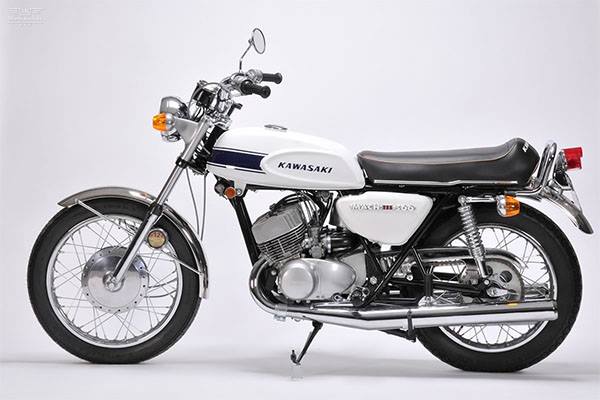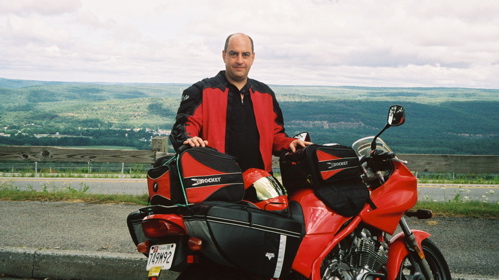Wow, we sure are generating a lot of interest, a lot of hits, and a lot of comments here on the ExNotes website and blog. We appreciate the comments, folks, so please keep them coming.
I need more form-generated junk emails like I need a summer cold, and I’m willing to bet you feel the same way. That said, please consider adding your email address to the list of folks we auto-notify every time we post a new blog. We try to post every day, and I know many of you probably just check in when it’s convenient. Getting on our email list, though, will add one advantage you won’t otherwise get. On a quarterly basis, provided we get at least another 200 folks sign up each quarter, we’ll give away a copy of either Moto Colombia, Riding China, or 5000 Miles at 8000 RPM to a name drawn at random from our email database. The first winner will be announced sometime around Christmas this year. Please encourage your friends to sign up, too. If you’re already on the list, you’re eligible for the first drawing. We don’t give or sell our email list to anyone, so your address is safe with us.
More news: The next Long Beach Moto Show is just around the corner. I’ll be there, and I’ll have lots of photos of Bold New Graphics from the Big 4, and interesting new models from everyone else. And yeah, I’ll get a few photos of the young ladies in the Ducati, Harley, and Indian booths, too.
Make sure you check the newsstands for the latest offering from Motorcycle Classics magazine. It’s titled Tales from the Road, and it’s a dynamite collection of great travel stories that MC, one of the greatest motorcycle magazines ever, has run in the past. Two of my stories are in there, and I know you’ll enjoy them.
We’re going to be adding a couple more index pages to the ExhaustNotes site, as we have already done for the Resurrections, Baja, Dream Bikes, YouTube, Tales of the Gun, and Books pages. We’re thinking the next index pages will be on e-bikes, and another one for the CSC RX4. Those areas are getting a lot of attention and a lot of hits on the blogs we’ve done, and the idea is to make it easy for you to find all of our blogs on a particular topic. And speaking of resurrections, Joe Gresh tells me we may not be too far from hearing Zed, the star of the Resurrections page, fire up. I’m excited about that. Joe’s work on that barn-find Kawasaki Z1 sure is interesting. And there’s more good stuff in the works…a feature on an old Ruger rifle in 7mm Remington Magnum for which I finally found the secret sauce (a load delivering less than 1-inch groups at 100 yards), and a special feature on something that weighs more and has less power than a full-dress potato-potato-potato cruiser (I know you didn’t think that was possible, but I have the photos to prove it).
It’s getting dark what with the time change being in effect, and my keepers are telling me I have to take my pills and get ready for bed. Stay tuned; there’s more good stuff coming your way.
Join our Facebook ExNotes page!
Never miss an ExNotes blog:


